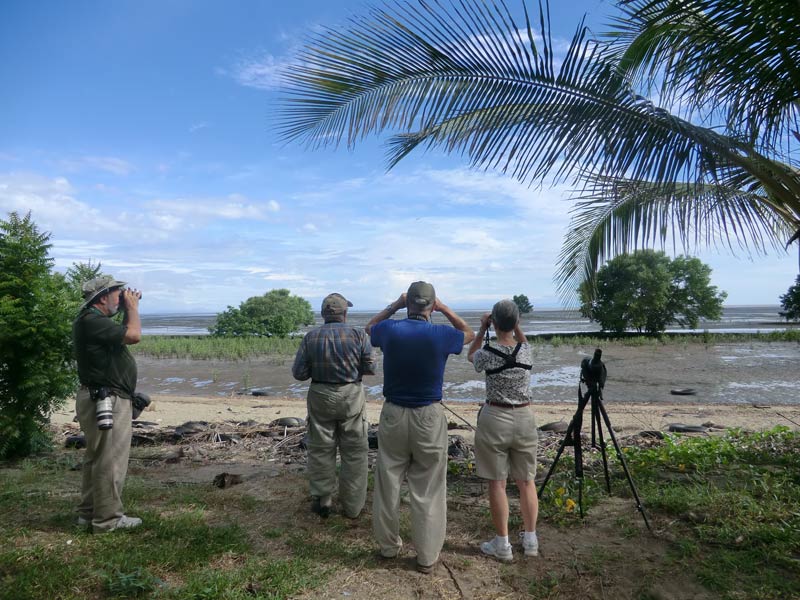The Holbrook Explorer

Birding Panama and The Great Raptor Migration: Part 4
Birding Panama and The Great Raptor Migration: Part 4
Azuero Peninsula

Our Azuero Peninsula discovery began with a visit to Las Macanas Marsh in the small town of El Rincón. On our way to the site a wandering Limpkin made us stop to scan a rice field where we saw a Glossy Ibis, several Egrets, and some raptors. Once at the marsh we saw several Black-bellied Whistling Ducks with ducklings! We also saw Brown-throated Parakeet and Rufous-browed Peppershrike. 

We continued to our next stop El Cenegón del Mangle. Unfortunately several mud pools made the only access road impassable, so we decide to turn around and bird some pasture lands nearby where we spotted a couple of Common-Ground Doves.

In the afternoon, we visited Sarigua National Park, a wasteland with desert-like conditions caused by high salinity and erosion due to extensive soil use. In this park,we saw a couple of Crested Bobwhites, White-tailed Kite, Plain-breasted Ground-Dove and Scissor-tailed Flycatcher. We made our way to an eroded rock mount over looking a pond where we saw Wood Storks, Great Blue Heron, White Ibis, and a kettle of 120 migrating Turkey Vultures!

The next day, our last in the field, we visited El Agallito Beach. A low tide kept the shorebirds off the coast, but we were able to see Willet, Black-necked Stilt, Semipalmated Plovers, and Whimbrels.

We continued with our scheduled activities, visiting the Herrera Museum, a very interesting place with historical and archaeological pieces, followed by a break to explore Chitré town main square. Then we went to La Villa de Los Santos, a small town famous for being the first to emancipate from the Spanish ruling back in 1821, the event that triggered Panama independence. We visited the Nationality Museum, located at the City Hall, a place with documents about such an important event for the Panamanians, and the main church in town, San Atanacio.

Early afternoon we had lunch and left for Panama City. Upon arrival we crossed the America's Bridge, the oldest of the two that cross the inter-oceanic waterway. In the evening we had a farewell dinner at a local restaurant located at Panama Canal pacific entrance. It was the last time to share experiences with our happy fellow birders and new found friends. The first Birding Panama and The Great Raptor Migration has successfully ended.
